How to Shoot Models in Motion – Fashion Photography Editing For Motion Pictures

Till the 40s it was not even presumed to try involving motion into photography. Well, mainly it was due to the technical deficiency, so to say. As some of you may already know, prior the World War II photographic period, photography artists tended to use tungsten kind of lighting, just like those employed for shooting movies. As a result, models were forced to remain static and steer clear of dynamics for the purposes of clear and legible photo shots.
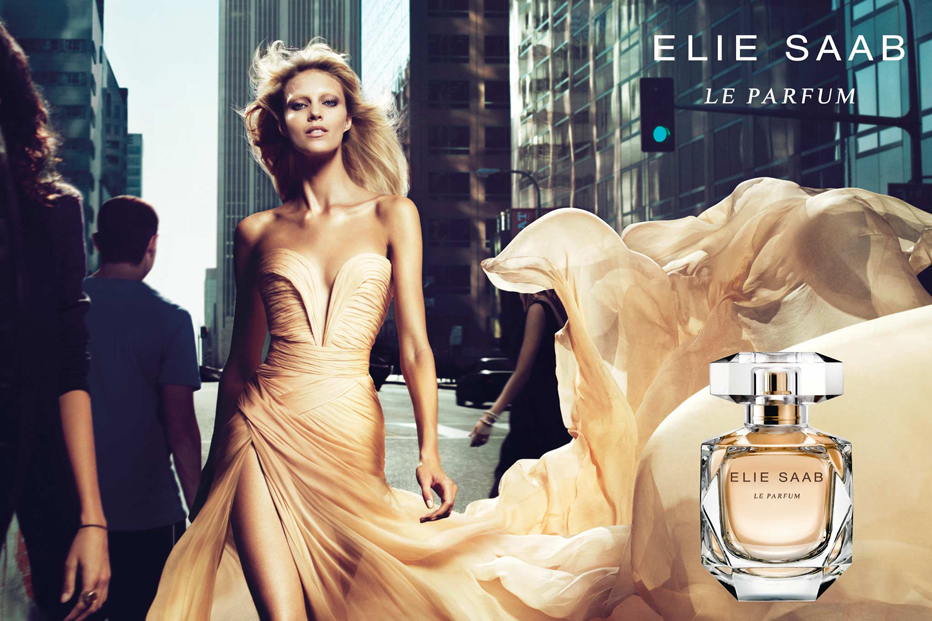
However, times goes by and technical development is apt to present more and more surprises to us, enabling us to do more than before and to facilitate our lives in substantial way. With the invention of flash light things got to be easier. The existence of flash light gave a possibility to involve motion and action into the world of photography, already staled with perpetually static and posed models. Nowadays, photography artists have all sorts of resources and technical supplies to produce all sorts of alluring and even stupefying photo images. Shooting models in motion is one of those ways to create beguiling and interesting pictures. Motion gives some additional charm, extra appeal and even some inscrutability. As you can see in the video entitled “South Africa Fashion in Motion”, stop-motion photography combined with fashion photography editing can truly make an amazing visual impact.
South African most recognized and acclaimed fashion designers were amazing, having seen high end retouching before after shots (some of which you can observe in the video linked above). Light and flowing textures of designer clothes combined with dynamic and energetic movements of the models make wonders.
by Daniel Jackson
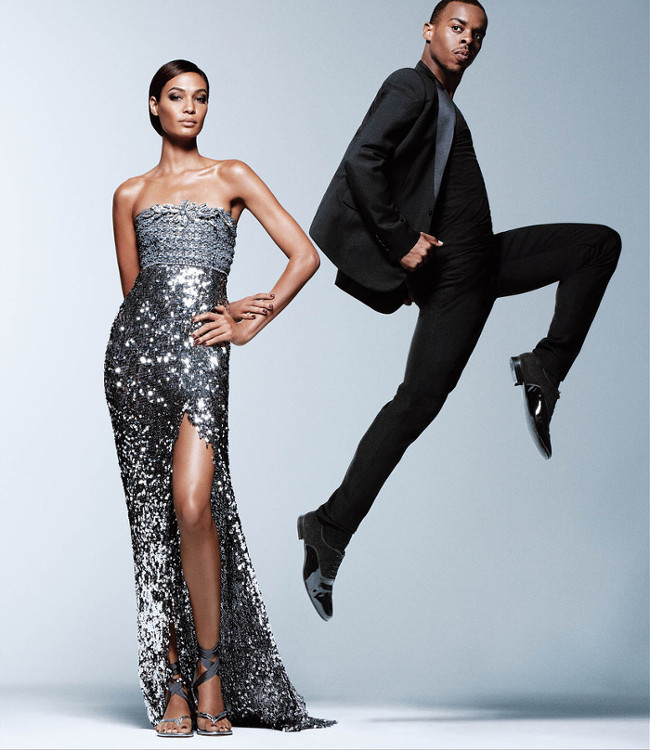
Uprise of shooting models in motion
As it usually is, new things are never adopted and integrated into society in a quick way. There are always people who venture to try out something new, to experiment and find out some new ways of delivering their messages to the society in their niche. New ideas in fashion style photography do not appear from nowhere, instantly, as well as they are not frequently spread into masses and proliferate ravishment, adoration and general acceptance of the audience in the blink of an eye. Nevertheless, when truly ingenious photography artists make it look just fabulous, the heyday does not seem to be that far away. The same thing happened to motion photography. As it has been already mention, the post-war times were crown by some considerable technological changes which made a great impact on the domain of photography. When shooting models in motion is concerned, Richard Avedon should be definitely mentioned, since he is considered to be a real trailblazer in producing motion photography. Having obtained a photo camera with flash light into his possession, he started experimenting with his art. He was fed up and exceedingly bored with the state of things of photography art at those times. It all seemed a bit too of the same type, unexciting and, therefore, far from being capturing. He perfectly knew he had all chances to improve things and make it all changed. And we should all pay tribute to his perseverance, resourcefulness and indefatigable industry, since hadn’t it been for Avedon’s artistic confidence, we would probably not be able to luxuriate in imagination-stirring motion, as well as outdoor photos.
By Richard Avedon
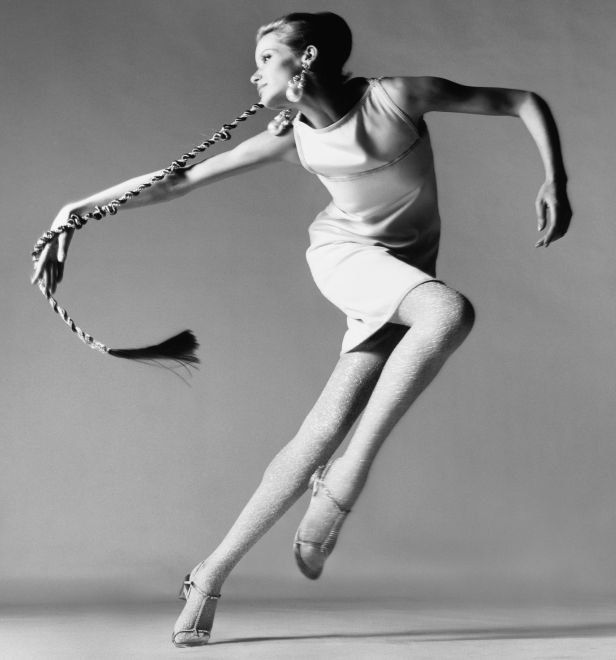
Richard Avedon would use flash light and additional and strobes when he worked at the studio in order to create his dynamism. His models could have a full freedom to express their creativity with their motions, to move however they liked and thus provide him with a wide working field, so to say. Avedon also took it to the brand new level when he started to make photo sessions outdoor, also involving motion to spice things up and stand out from the crowd. Thanks to his creativeness, he did stand out from the herd. Having done some photo session of minor importance for an advertising campaign, he got instantly spotted by Harper’s Bazaar’s art editor - Alexey Brodovitch. Working there, he got quite close with Diana Vreeland who used to be editor there. They got so attached, both psychologically and in a working sense, that Avedon even quitted Harper’s Bazaar and went to Vogue as soon as Vreeland did it. Vogue period was exactly the time when Avedon developed himself the most as a versatile photographer. He pushed the artistic boundaries by means of exploring various urban locations and making his subjects move more. He adored it when his models had a possibility to be active. He was convinced that capturing models in motions gave more life to a photo, more action and instantly made a photo eye-catching and alluring. And it so does.
By Richard Avedon

Nowadays shooting models in motion is probably not that ingenious as it was first. Nevertheless, it still stays to be original, since not many photographers are used to it, alas, or find it challenging to make it work (as well as some models, actually, who feel more confident and free at static). Therefore, when it is done with passion, motion photos ate always mesmerizing. For instance, shooting professional dancers in motion is always a winner. You can have a look at some of such photo images produced by Kai Spaete in the video produced by him I collaboration with Tobias Buhtz – “Motion in Image - Dance & Elegance in a dust of Magnesium”.
Motion photos are especially in high demand in fashion photography. It give more life and spirit to the photos in general and have quite an effect on public, since they look much more unique and kind of quire (especially in comparison with quite unvaried static and posed shots). If you look at the campaigns of most acclaimed and influential fashion houses, they all tent to gravitate towards motion photography from time to time. Ad we should admit. It does its trick, especially when combined with professional fashion retouching techniques. Long story shorts, it just all makes things seem more natural and effortless, unpretentious and candid. Therefore, if you still haven’t tried out shooting your models in motion or are afraid to incorporate it more into your artistic work, you should definitely do that and make it work for you.
By Daniel Jackson
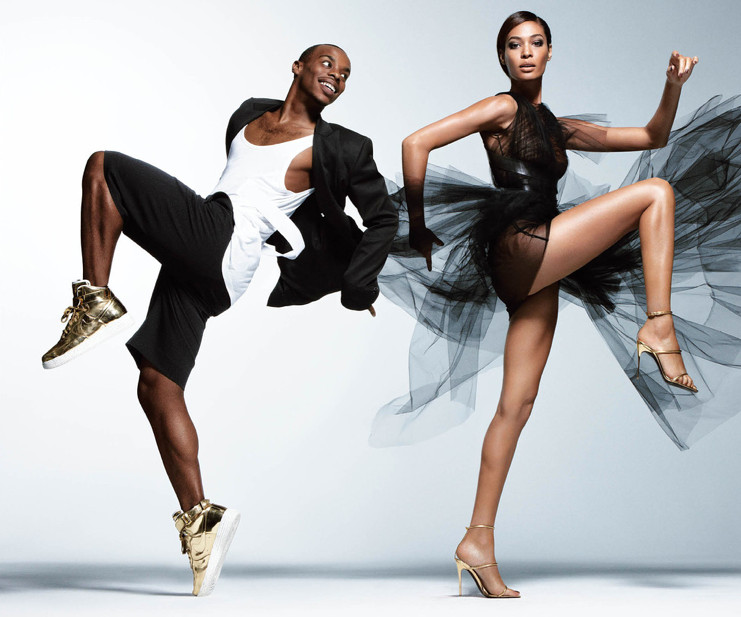
So, how to shoot models in motion?
Unfortunately, digital cameras hate motion. Therefore, you have to make several adjustments to snap a clear and sharp photo image. Otherwise, your photos will merely look like a one giant blur. And nobody wants that. Therefore, the first thing you should do is to change the shutter speed. In order to capture sharp images, go for faster shutter speed (at least 1/500th of a second and higher). This will enable you to catch moving subjects with detail and minimize that blur. When faster shutter speeds are on, there are big chances that your pictures will turn out to be a bit underexposed. The faster the shatter speed, the less amount of light can reach your camera sensors. Therefore, pictures turn out to be darker. It is a bigger challenge when you tend to shoot indoors and have no extra lighting equipment at your disposal for changing this situation (flash light, however, can help you in most cases, but not drastically, especially depending on the time of the day). If you have a chance to shoot indoors, preferably in a studio, with necessary equipment, than it won’t be such a problem. You will just have to try and experiment in order to catch the right moment, to capture a capturing and mesmerizing movement.

Surely, not everyone has a possibility to possess necessary lighting equipment. Therefore, you may increase the quality of you motion photo images in the following way. First and foremost, it is flashlight that you may use to bring some light to your motion pictures, as we have already mentioned. However, it does not work that much with big distances, since the majority of photo cameras possess a short range. Therefore, to use flashlight to your fullest advantages when faster speed shutters are on, you should be not far away from the moving subjects, perhaps a couple of feet away. You may also bring up more light by means of opening the aperture through lowering f-stop. It is a sloppy way, however, since it makes your focus a bit out of control. Some elements may appear to be out of focus. Nevertheless, it is even a pro when it comes to the background. Finally, you may work it out with your ISO. Using a higher ISO is the best-of-both-worlds situation, since it may bring more light to your picture without massing it up with your focus. Don’t get too excited, however, since noise and grains are possible shortcomings of using a high ISO. In order to use all that to you own advantage, six and match, so to say. Experiment and find out what works for you and your current photo setting the most.
By Ken Browar and Deborah Ory

What is more, make sure to experiment with clothes and setting. When it comes to clothes, it can really make a difference. When you make up your mind to use flowing light materials, for instance, it is apt to emphasize motions and action in photos. Stream and flowing clothes tend to make a slight contrast and give some additional sophistication and softness to the sharpness of bodily movements.
How to edit fashion photos
Motion photos require a bit different kind of photo editing as opposed to static photos. That is due to the fact that motion captured in a photo is already quite a centre of attention. And as you may already know, the less emphatic centers, the better, since viewers don’t get distracted and spot thing you are truly aiming at emphasizing. Therefore, one should be careful and not overdo with photo retouching and keep things pretty naturally looking. However, you should do you in any case. Therefore, if you feel like doing something differently than everybody else does or say that you should, go for it. As you can see from the Richard Avedon’s example, being inventive and innovative is a good thing and may bring out a brand new trend that will be adored for years. One way or another, there are some special features of photo retouching when it comes to fashion photography editing that we have already coved in one of our articles. If you wonder how to edit fashion photos, you should definitely read the article “Peculiar features of high end fashion retouching: talent to make high-profile photography” if you want to know how to make a photo look glossy in photoshop in a proper way.
By Mario Testino

The issue of how to edit fashion photos is not really that hard. If you may have already spotted, skin retouching and makeup touch up is quite a pivotal part of it all. For the sake of having truly impeccable photo images, a slight body retouch may be incorporated as well. All the rest of adjustments like exposure, light and shadow balance, color correction and so on depend on your personal taste and aesthetic vision. After all, it is what gives your photo images a personal touch. After you have covered the issue of how to make a photo look glossy in photoshop with the help of our photo editing blog, you may also head out and get some more insight into fashion retouching techniques with the help of some of the numerous fashion photography editing tutorials. For instance, you may start with the ones that we have found for you and consider to be quite educative and helpful. That is what Peter Coulson ahs used in his serious of photos with alluring dancers. And look at this majestic result.
By Peter Coulson

Fashion photography editing tutorials
Fashion photography retouching is famous for its impeccable and natural looking skin and high end portrait retouching. It does not really matter whether models have been photographed in motion or statically, you now how to make a photo look glossy in photoshop – make skin look absolutely impeccable and radiant. Jessica Kobeissi shows in one of her videos how to so fashion portrait retouching. If you want to find out how to improve your portrait fashion photography retouching than follow the link to the video – How I Edit My Fashion Portraits - Photoshop Tutorial.
Another nice photographer and photo editor, Jessica Whitaker, also shows How to Edit a Fashion Image with Perfect Skin Tones and Split Toning.
Make sure to check these fashion photography editing tutorials to level up your skin and portrait retouching.
By Anthony Maule
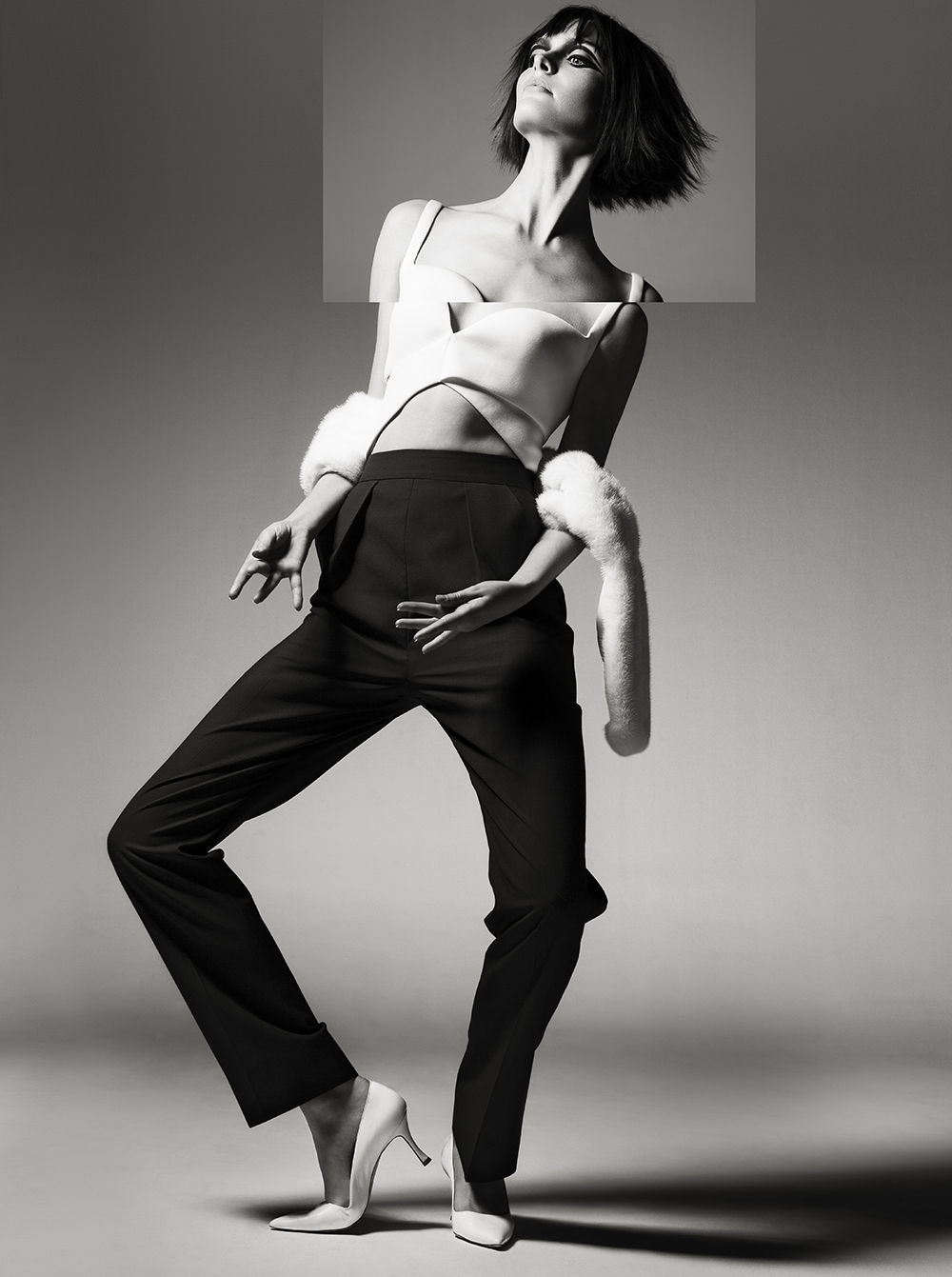
Coloring is also a crucial part of fashion photography retouching. Therefore, here are two pretty good fashion photography editing tutorials which can aid you a lot in your coloring routine, shed light on some more fashion retouching techniques. If you are a Photoshop user watch “Fashion Coloring in Photoshop”.
In case you are a LighRoom fan, then follow this link to the video tutorial entitled “Fashion Editing Tones | Lightroom Tutorial”
These tutorials will definitely be highly useful to these of you, who are on the way of building their fashion photography editing skills and would like to find some pretty good and working fashion retouching techniques that won’t take tons of time, but will still give you magnificent results. And more experienced out there may find some new ways of color correcting a photo image which may help you in the subsequent work.
By Ken Browar and Deborah Ory
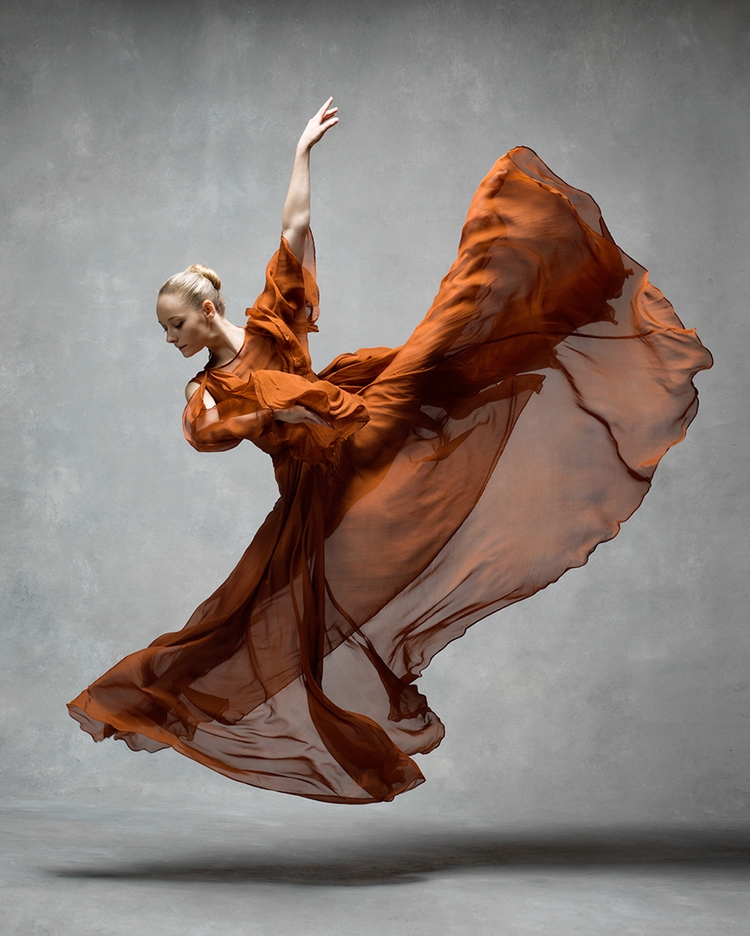
In case those fashion photography editing tutorials are still not enough for you and you would like to satisfy your professional interest to the fullest, we have also taken it into account. Some people may still have troubles at achieving the desirable result fashion photography retouching, notwithstanding knowing pretty good fashion retouching techniques and being quite skillful at them. We are all apt to aspire for better, to long to refine and improve what we already can and have. Therefore, if you want to finally get that magazine fashion photography retouching which allure us from the pages of most influential fashion periodicals like Vogue, Harper’s Bazaar, Elle, Grazia, In Style and others, check out the tutorial entitled “Vogue SECRET REVEALED! How to create the Magazine's Look on Photoshop – NowPhotoshop”
And if you wish to know a bit shorter way, so to say, of achieving a similar fashion-magazine-looking result, follow the link to the video tutorial “Fashion Magazine look - Photo Editing - Lightroom Speed Tutorial”
By Jan Masny
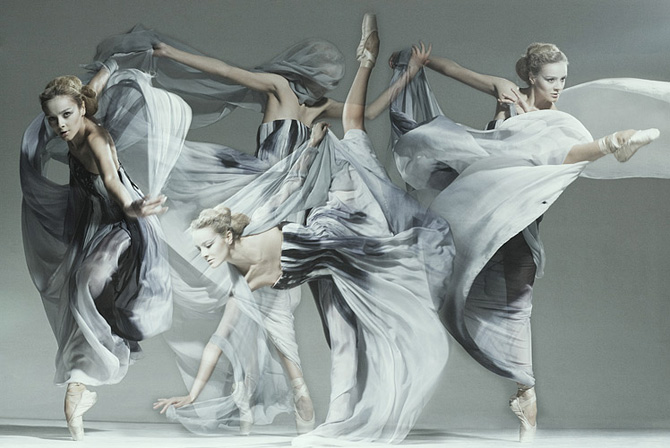
So, there you go, now you have got some insight into how to shoot models in motion and to achieve spirited, as well as lively looking photo images. Have you noted anything worth your attention from that piece of information? Besides, we hope that those fashion photography editing tutorials will come into good use as well. In case you do not wish to spend much time on fashion photography editing and liberate some more time in your schedule for more photo sessions, our photo editing services at highendbeautyretouching.com may help you solve this dilemma. Our photo editors are proud to be called real professional of photo editing art. They posses excellent photo retouching skills and are aware of some of the best fashion retouching techniques. What is more, they have some great photo retouching apps, as well as gear at their disposal for achieving truly impeccable photo retouching results. Above that all our photo retouching prices are absolutely affordable. Therefore, you always have a possibility to outsource your photo images and do skin retouching online, for instance, or any kind of photo editing of various level of complexity. Consequently, you will always have either some time free from routine retouching jib, or some extra hours for productive photo sessions. Whatever your case is, our professional photo editors are always glad to give you a helping hand with our high quality photo retouching services.
Share the article with your friends!

Vote for the article
Average rating:
|
| Use your Facebook account to add comments |
| Add a comment via Disqus: |
